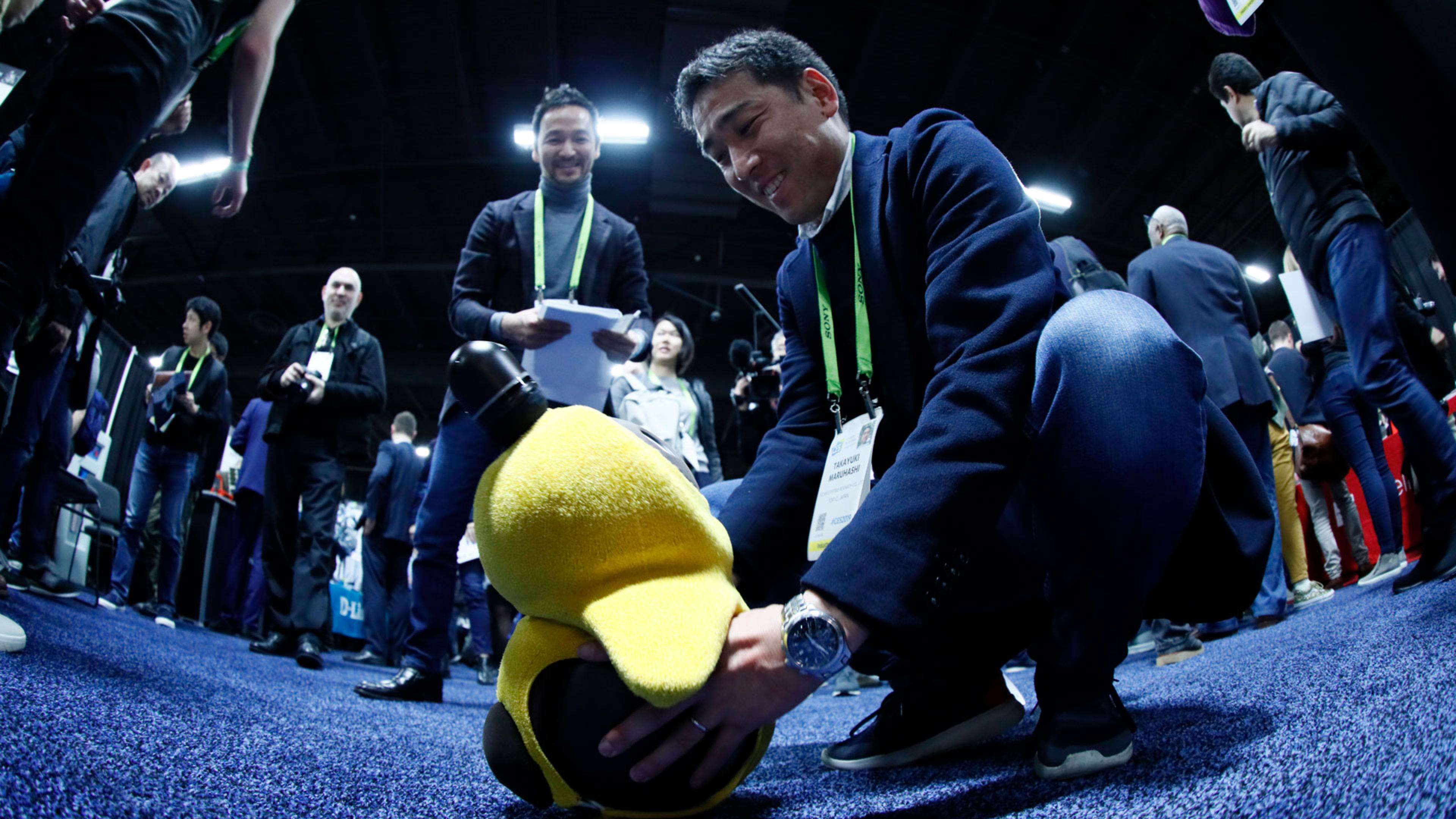CES is best-known for spectacles like roll-up TVs, foldable displays, and ping-pong-playing robots. But beyond all the eye candy, the tech industry’s annual trade show in Las Vegas brings plenty of smaller-scale innovations. These are the ideas that will actually matter to people, in large part because they’ll show up in real products that you can buy at reasonable prices.
Here are some of the cleverest ideas I saw at CES 2019:
The hassle-free car mount
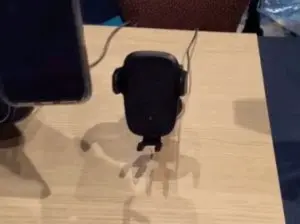
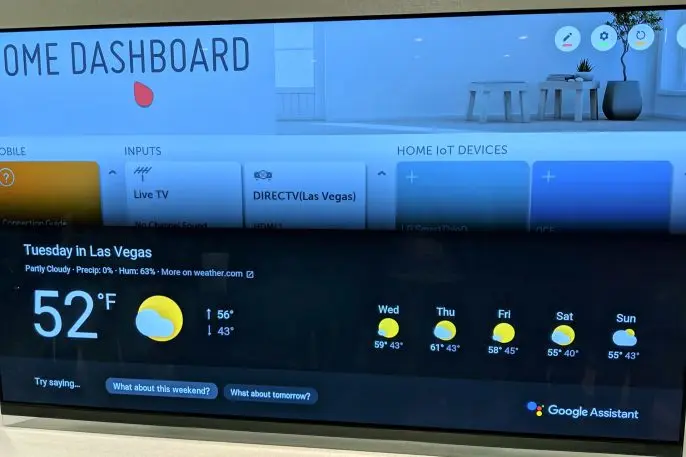
A model for multiple AIs
Voice controls have become a smart TV staple in recent years, but LG’s 2019 TVs are going a step further by combining two voice assistants under a single button. When you use the remote’s microphone button to ask for a particular program or genre, LG’s own ThinQ AI will provide a list of results across multiple apps. For other queries, like the weather or smart home control, Google Assistant takes over and provides the results instead. The two assistants can even hand off queries to one another, so you can say, “Tell me about Chris Evans” for a bio from Google, followed by, “What movies was he in?” for a list of films from LG. If we’ll use multiple AIs to get things done in the future, LG’s TVs provide a blueprint for how that could work, with each assistant playing to its strengths.
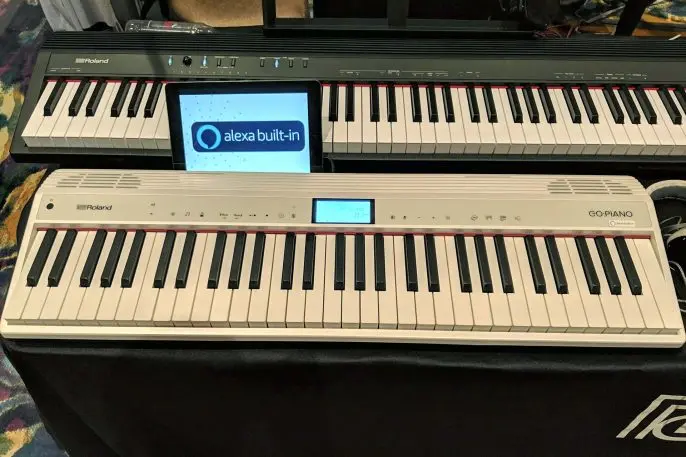
A piano teacher that listens
Alexa was everywhere at CES, turning up in speakers, headphones, light switches, and even smoke alarms. But the neatest Alexa-enabled device of them all was Roland’s Go:Piano keyboard, which teaches aspiring pianists to play with a bank of built-in songs. The in-development Alexa version lets you ask for a specific tune, slow the tempo, or mute either the left- or right-hand track, and it can load songs from streaming music services for when you just want to jam along. When you’re finished playing, you can even ask Alexa to order a pizza.
Roland is hoping to launch the Alexa-enabled Go:Piano this fall, but hasn’t settled on a price yet. The non-Alexa version sells for $320.
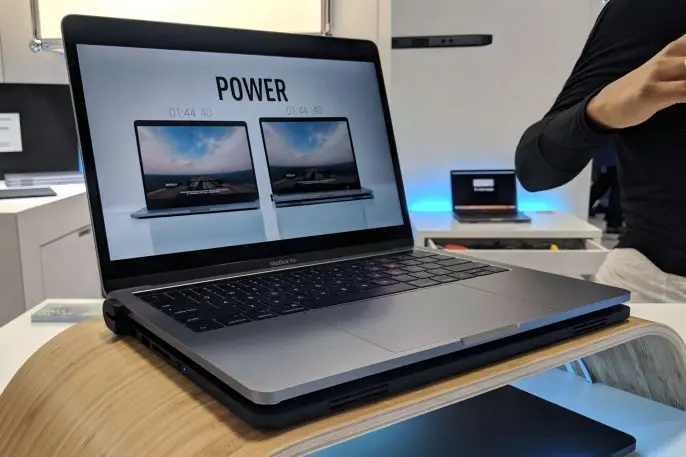
The double-decker laptop battery
Even if you’re generally happy with your MacBook’s battery life, sometimes you just need more. The Linedock effectively doubles the charge with an aluminum-clad battery slab whose footprint perfectly matches the bottom of a 13-inch MacBook Pro. The U-shaped USB-C cable both charges the laptop and provides access to several connection types that Apple’s laptop omits, like HDMI, USB-A, and an SD card slot. There’s even an option for built-in solid state storage.
The Linedock started shipping late last year for $299 and up, and currently works best when you’re using your Mac at a desk. The makers are now working on a set of magnetized replacement screws for the MacBook that will hold the battery firmly in place, enhancing the whole set-up’s portability. A version for 15-inch MacBook Pro models is coming in 2019 as well.
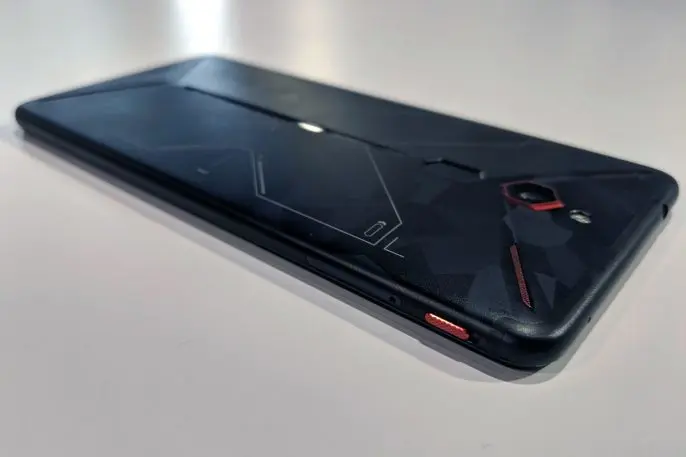
Gaming mode activated
Gaming phones are all the rage in the Android world, and Nubia’s Red Magic Mars phone embraces the trend with touch-sensitive trigger buttons and a liquid cooling system for longer play sessions. What really sets the Red Magic Mars apart, though, is its physical switch on the side that can kill background apps, overclock the processor, turn on the phone’s RGB lighting, and launch into a gaming menu. The only way to exit this mode is to flick the switch back off, ensuring that you won’t burn excess battery on overclocking and lighting effects while you check Instagram.
The Red Mars will launch in the United States this quarter for $399 and up.
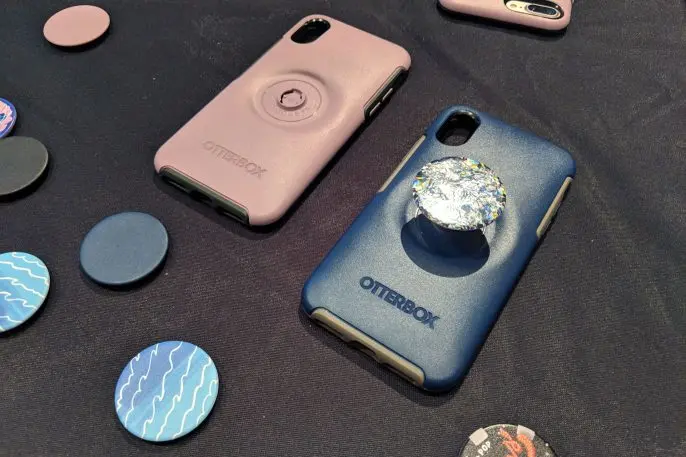
A groove for your ‘socket
With the new Otter + Pop, the extra bulk of an Otterbox phone case comes in handy for more than just drop protection. It’s a collaboration with Popsockets, the maker of finger grips that fasten to phone backs, and proves an indented spot on the back where you can attach the grip of your choice. The special twist-on version of Popsockets means you don’t have deal with adhesive that can wear out, and when the Popsocket is collapsed, it allows your phone to lay flat instead of leaving a wart-like protrusion on the back. The Otter + Pop case will launch this spring for $60, assuming the frozen-treat brand doesn’t take umbrage with the name.
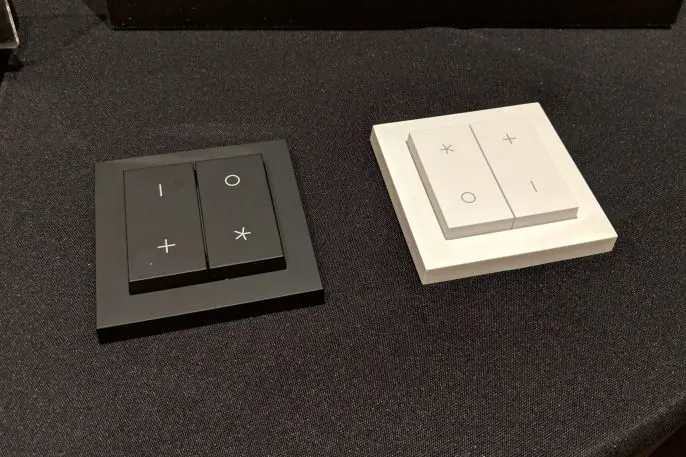
Switches that power themselves
While plenty of companies now offer connected buttons and switches to control your smart home, most of them run on battery power. Senic’s Nuimo Click instead harnesses the kinetic energy from pressing the button itself, then sends the signal to a hardwired hub. That way, you can control Philips Hue bulbs and Sonos speaker systems without ever having to think about charging your switches. The Nuimo Click launched in late 2018, with a hub and two switches selling for $220. More device control is coming later this year with support for Apple’s HomeKit.

A clock that knows your agenda
Lenovo is hoping to occupy a spot on your nightstand with the Smart Clock, a Google Assistant-powered device with a 4-inch screen that can tell the time, play music, control smart home devices, and tell you the weather, among other things. Its cleverest feature, however, is a smart alarm that will suggest wake-up times based on your calendar, usage patterns, and eventually, your typical commute times. It’ll also try to wake you up gently by lighting up the display a few minutes before the alarm goes off. The Smart Clock will launch this spring for $79.
Smarter DVR scheduling
TiVo die-hards will soon get another reason to hang on tight to their DVRs when the company adds automatic sporting event scheduling. Working with a sports data firm called Thuuz, your TiVo will be able to monitor the length of each game and keep the recording going for extra innings or overtime. That means you don’t have to waste storage space by adding hours of buffer time to your recordings. DVR may be an old technology, but it’s still got some innovation left in it.
Correction: The Otter + Pop will sell for $60, not $50 as previously written.
Recognize your brand’s excellence by applying to this year’s Brands That Matter Awards before the early-rate deadline, May 3.
